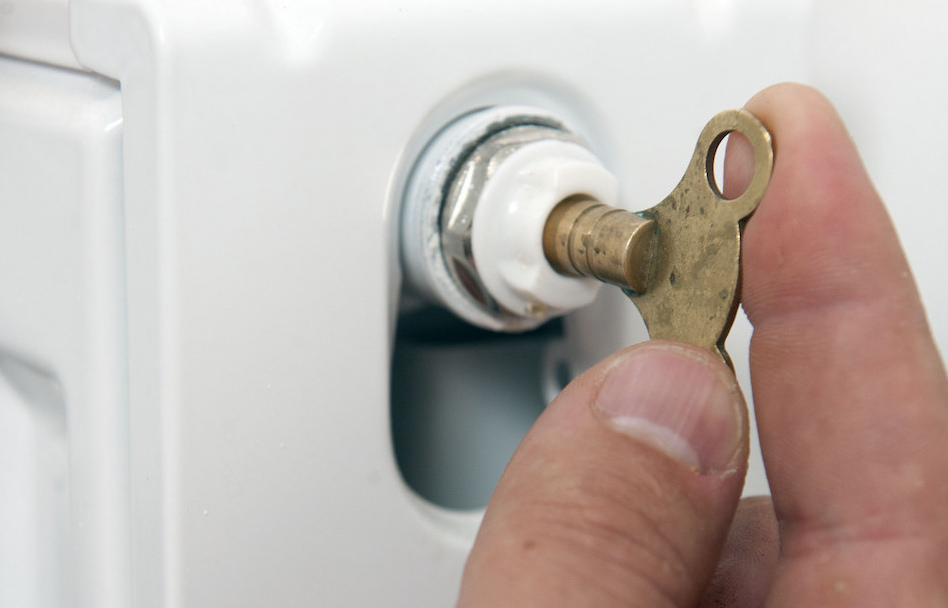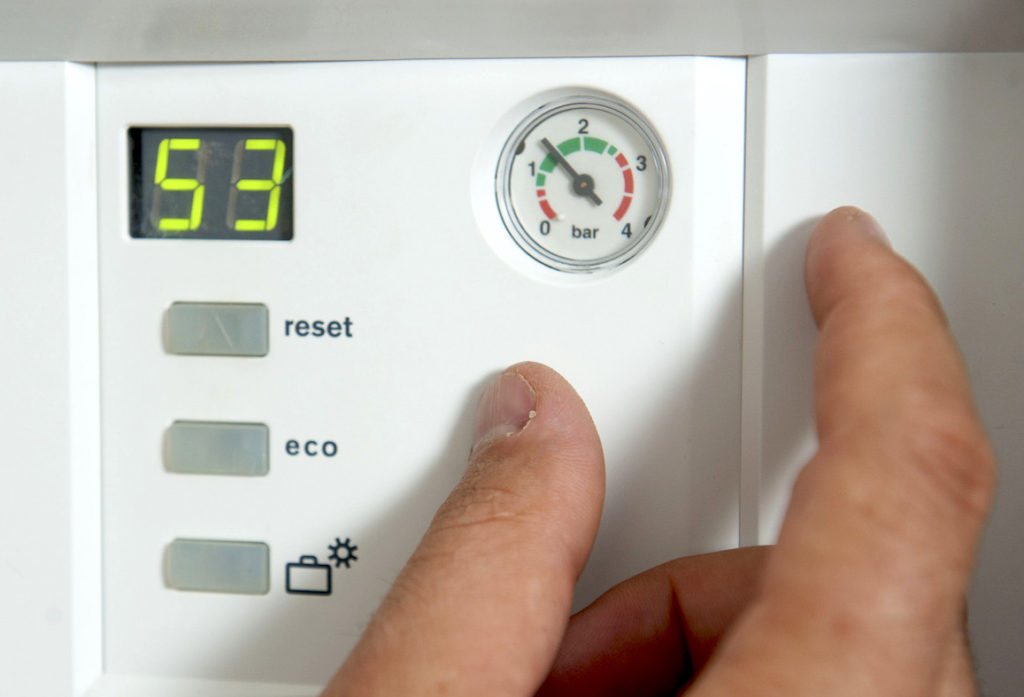
How to bleed your radiators – and why
What is bleeding a radiator?
If any of your radiators aren’t heating evenly, it’s very likely you have air in the system and you need to ‘bleed’ your radiators. This simply means letting the air out, and it’s easy to do.
Why bleed radiators?
Aside from making your heating work better and do what it’s meant to do – keep you warm, bleeding the radiators enables your heating system to work efficiently, which saves you money.
How do I know that I need to bleed my radiators?
Usually the symptom will be a radiator (or several) where the the top section stays cooler than the bottom section. If it’s really bad you might even find that the entire radiator stays cold when the heating is turned on. Trapped air displaces the hot water that should be heating the radiator.
Sometimes the heating system will make clunking and ‘flowing’ noises – this is also an indication of trapped air.
How does air get into the central heating system?
Air can get into a central heating system in several ways. Sometimes when water goes into the system from an expansion tank, or during maintenance. It can also be ‘created’ by the movement of the pump as it turns. It doesn’t signify a fault in your central heating system – it’s something that happens over time and you simply need to be aware of it, and know how to bleed your radiators to resolve it.
You will need:
A radiator bleed key to open up the radiator vent valve (available from most hardware stores), and / or a flat-headed screwdriver (some radiators have a screwdriver slot on the vent valve)
A cloth or towel to catch drips
Steps for bleeding your radiators
Step 1
Turn on the heating and allow it to warm up. This creates pressure in the system, which you need it order for the air to be pushed out when you release the radiator valve(s).
Step 2
Check every radiator in your home and note which ones are not heating evenly.
Step 3
Turn OFF the heating. Now that you have some pressure in the system and have identified which radiators need bleeding. Turn off the heating to reduce the pressure a little, and cool the radiators enough that you won’t get scalded. It will also prevent more air from being sucked into the system while you bleed your radiators.
Bleeding your central heating system is not dangerous job per se, but you do need to take care as things are hot!
Step 4
Start with the lowest floor in your home and the radiator furthest from the boiler on that floor and follow this step for each radiator in turn:
Locate the vent valve at the top of the radiator on one end.
Place your cloth on the floor under the valve, or hold it under the valve.
Insert the radiator vent key, or screwdriver onto the valve.
Turn SLOWLY anti-clockwise. As air escapes you will hear hissing. Keep the air coming out until water starts to come through (this can be discoloured – that’s fine). When all the air has gone, tighten the valve back up (don’t over-tighten). TAKE CARE during this job as the escaping air can be hot, as can the following water.
Repeat for each radiator. When you move to a different floor in your home, start again with the radiator furthest from the boiler on that floor.
Step 5
When you’re confident that you’ve bled all the radiators, turn the central heating back on. Check that all the radiators are now heating properly. Sometimes it’s necessary to bleed more than once.
It’s also worth checking the pressure of your boiler, this will give you a clear indication if things are working properly.

What if I still have an issue with my central heating?
Take a look at our article on Balancing Your Central Heating.
If you’re not sure, or not confident, get in touch and one of our heating engineers can discuss your issue and come and have a look at your system if needs be.


Pingback: More space, lower bills | Jon Pritchard Ltd